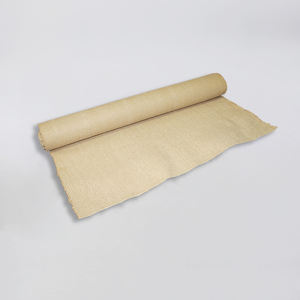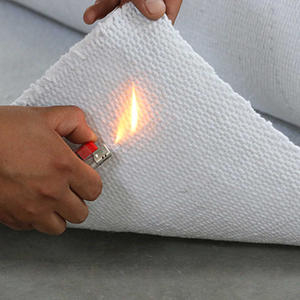Professional industry ceramic supplier, silicon nitride, silicon carbide, aluminum nitride and any other kinds of ceramics.
PRODUCT PARAMETERS
Description
Overview of Insulating ceramic Ceramic fiber board s
Insulating ceramic Ceramic fiber board s is a lightweight, high-temperature insulation material composed primarily of alumina-silica. It is manufactured through a melting and spinning or blowing process, resulting in a flexible, wool-like textile. This material is engineered to provide exceptional thermal management, conserving energy and protecting equipment in extreme temperature environments across various industries.
Features of Insulating ceramic Ceramic fiber board s
-
Excellent Thermal Stability: Withstands continuous operating temperatures up to 1260°C (2300°F) and higher for certain grades, with minimal shrinkage.
-
Low Thermal Conductivity: Provides highly efficient insulation, reducing heat loss and improving energy efficiency.
-
Lightweight & Low Heat Storage: Offers low thermal mass, enabling rapid heat-up and cool-down cycles for improved process control and energy savings.
-
Thermal Shock Resistance: Highly resistant to damage from rapid temperature changes.
-
Excellent Flexibility & Resilience: Can be fabricated into blankets, boards, papers, and textiles to fit complex shapes and applications.
-
Good Chemical Stability: Resists attack from most corrosive agents, except strong alkalis and hydrofluoric acid.
Specification of Insulating ceramic Ceramic fiber board s
Shielding ceramic fiber boards take care of very high warmth. These boards are made from ceramic fibers. They are pressed together snugly. The boards are tight and solid. They resist damage from effects. This strength is important throughout setup.
The boards come in different densities. Thickness selections range from reduced to high. Low thickness boards are lighter. They are less complicated to cut and shape. High density boards are stronger. They supply better resistance to disintegration. You choose the thickness based upon your particular requirement.
Maximum solution temperature is a key attribute. These boards deal with temperature levels from 1000 ° C to over 1400 ° C. Some special qualities go even higher. The specific temperature level depends upon the board’s pureness and kind. Always check the certain quality for its ranking.
Thermal conductivity is really reduced. Heat doesn’t go through the board easily. This makes them outstanding insulators. They save significant power. They maintain warmth inside furnaces and kilns. They also safeguard surrounding frameworks from warm damages.
The boards have reduced warmth storage. They don’t absorb much warm themselves. This suggests furnaces heat up quicker. They likewise cool off quicker. This boosts procedure effectiveness. It saves time and energy.
Chemical resistance is usually good. The boards stand up to strike from several chemicals. They are secure in oxidizing environments. They are additionally steady in minimizing ambiences. They withstand most acids and alkalis well. Examine compatibility for specific severe chemicals.
These boards are very easy to collaborate with. You can reduce them utilizing simple devices. Saws or knives function penalty. You can shape them easily. Boring holes is simple. This streamlines installment in complicated tools.
Usual uses are furnace linings, kiln linings, and boiler insulation. They are used in fire security systems. They back up refractory blocks. They insulate pipes carrying warm gases. They are utilized anywhere high warmth insulation is required. Their strength and resilience make them reputable.
Applications of Insulating ceramic Ceramic fiber board s
Ceramic fiber boards handle extreme warmth effectively. These inflexible boards stop warmth effectively. They are made from special ceramic fibers. This makes them strong and sturdy. They operate in very hot places without damaging down. That is why markets use them so much.
Industrial furnaces use these boards everywhere. They line the within wall surfaces and roofs. The boards maintain the warmth inside the heater. This conserves energy and cash. Employees remain safer as well. The outside stays cooler. The boards secure the heater structure itself from the intense warmth.
Metal processing plants rely on these boards. They are placed behind thermal barrier and covers. They shield tools and workers from molten metal splash and extreme radiation. Heating system doors utilize them. They assist seal the heat in. Kilns for ceramic and porcelains use them for lining. They make sure also, controlled home heating inside. This is important for making regular, top quality products.
Nuclear power plant require trusted heat defense. These boards insulate boilers and exhaust systems. They assist maintain warm where it ought to be. This improves effectiveness. They are utilized in ductwork. They consist of hot gases securely. Fire safety is one more key usage. They form barriers in wall surfaces and floorings. They stop fire and heat from spreading out rapidly. This gives individuals vital extra time to get away. They are located in fire doors and around important structure frameworks. Their low weight is a benefit here. They include strength without hefty lots.
Company Profile
Tanki New Materials Co.Ltd. focus on the research and development, production and sales of ceramic products, serving the electronics, ceramics, chemical and other industries. Since its establishment in 2015, the company has been committed to providing customers with the best products and services, and has become a leader in the industry through continuous technological innovation and strict quality management.
Our products includes but not limited to Aerogel, Aluminum Nitride, Aluminum Oxide, Boron Carbide, Boron Nitride, Ceramic Crucible, Ceramic Fiber, Quartz Product, Refractory Material, Silicon Carbide, Silicon Nitride, ect. please feel free to contact us.
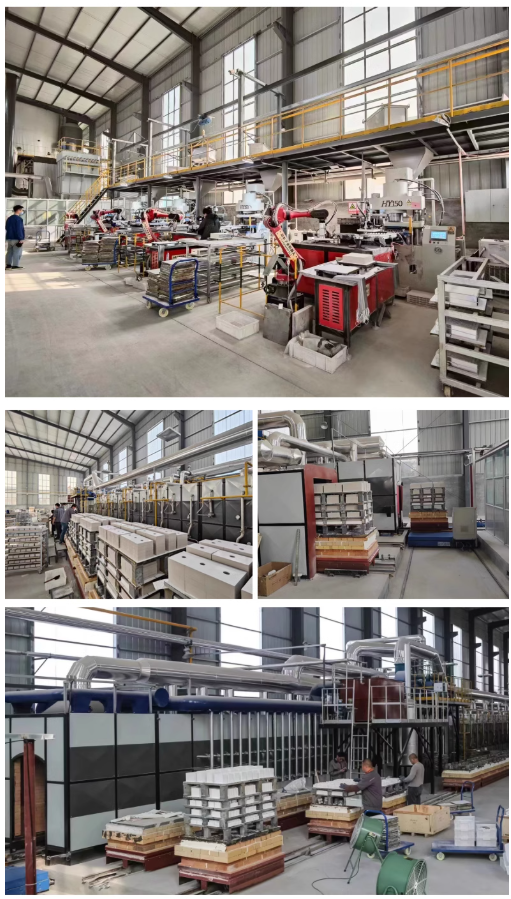
Payment Methods
T/T, Western Union, Paypal, Credit Card etc.
Shipment Methods
By air, by sea, by express, as customers request.
5 FAQs of Insulating ceramic Ceramic fiber board s
Insulating Ceramic Fiber Boards: 5 Key Questions
What exactly are ceramic fiber boards?
Ceramic fiber boards are stiff, flat panels. They are made from alumina-silicate ceramic fibers. These fibers are mixed with binders. The mixture is compressed. Then it is heated to make strong boards. They are designed for high-temperature insulation.
Where are these boards typically used?
People use these boards in many hot places. They line furnaces and kilns. They protect boilers and exhaust systems. They insulate pipes carrying hot gases. They are good for fireproofing equipment. They work in power plants and refineries. They are also used in foundries.
How hot can these boards handle?
Ceramic fiber boards resist very high temperatures. Standard boards work well up to 1260°C (2300°F). Some special grades handle even more heat. They keep the heat contained effectively. This protects surrounding structures and saves energy.
Are these boards strong? Can they break easily?
Yes, these boards are quite strong. The compression process makes them rigid. They have good structural integrity. They resist light impacts. They can be cut or machined easily. This helps fitting them into place. They hold their shape well under heat stress.
How do you install ceramic fiber boards?
Installation is straightforward. You cut the boards to the needed size. Use saws or knives. You attach them mechanically. Common methods use bolts, anchors, or special pins. You can also use high-temperature adhesives. Ensure joints fit tightly together. This prevents heat leaks. Always follow the maker’s safety instructions. Wear proper protective gear. The fibers can irritate skin and lungs during handling.
REQUEST A QUOTE
RELATED PRODUCTS
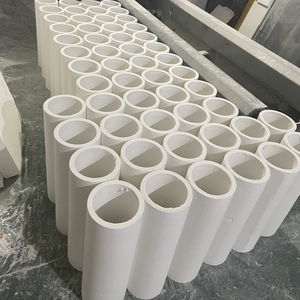
Excellent heat resistance, excellent insulation, ceramic fiber modules suitable for hot environments.
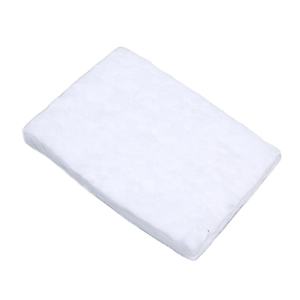
Customizable 1260°C thermal insulation ceramic fiber blanket for industrial furnaces
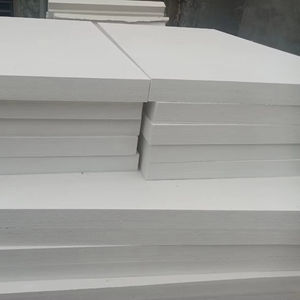
High operating temperature 1260°C ceramic fiber blanket
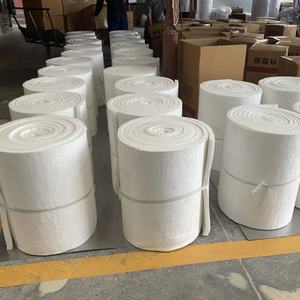
Low-density ceramic fiber board
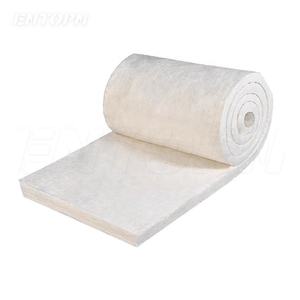
Customized Alumina Ceramic Fiber Cloth for Industrial Refractory and High-Heat Resistance Applications.
